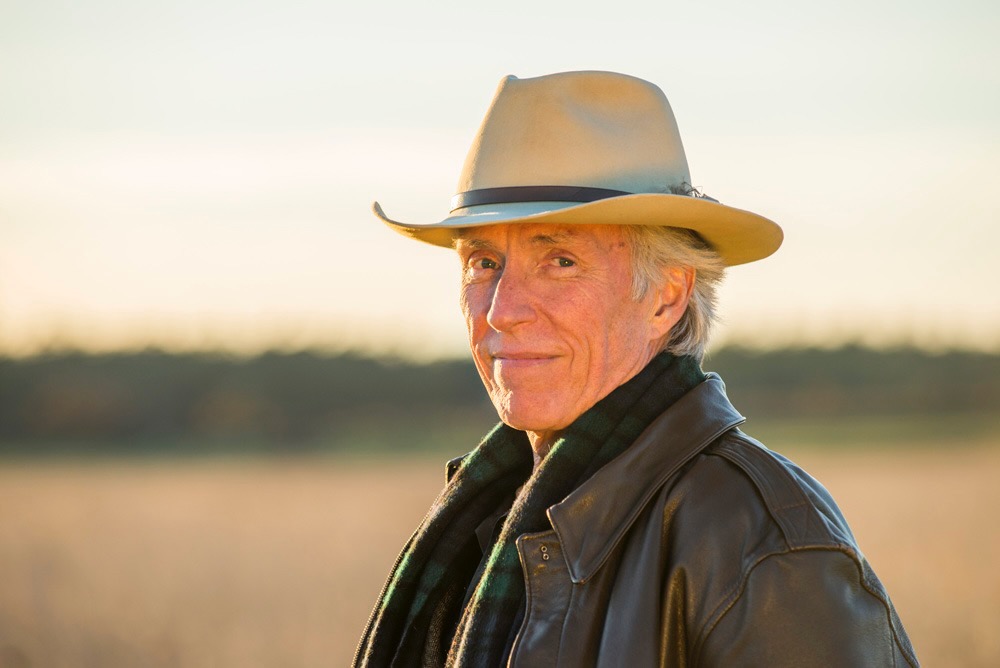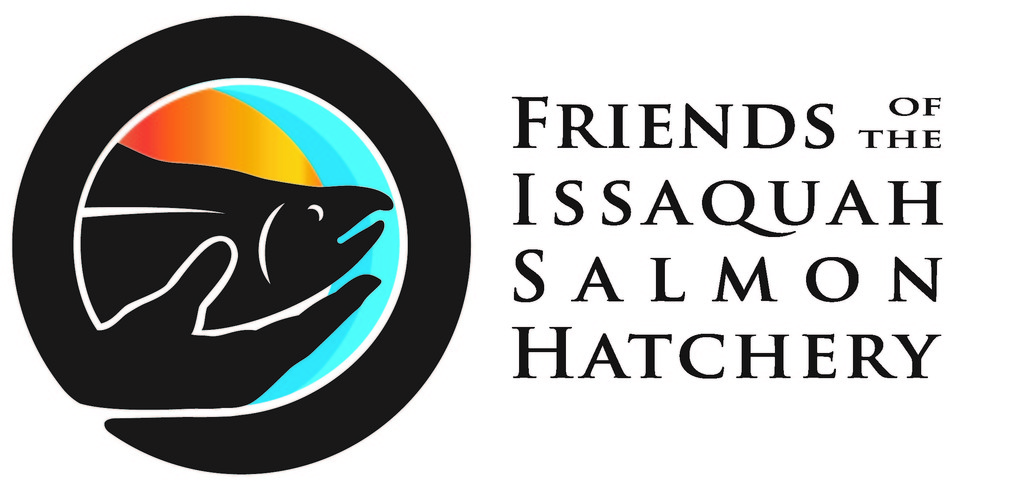Spokesperson for Salmon
By Grace Reamer
When randy Harrison moved to Issaquah in 1989, it was a small, sleepy town in the hills east of Seattle, with just 6,700 residents. that was a big change for the guy from Orlando, moving all the way across the country with his family. but Issaquah offered something he couldn’t get just anywhere – quality of life.
the Issaquah salmon hatchery was a big part of that connection to community and the environment that Harrison sought. he took his kids to visit the hatchery soon after arriving, and they learned to appreciate the remarkable migration of the fish returning every fall.
Now 79, tall and lanky, Harrison made early connections with the natural environment working as a foreign correspondent in the 1980s for the Orlando sentinel. he wrote about war in Africa and Israeli patrols in Lebanon, and then he spent six months researching the destruction of rainforests around the world. summer vacations to hood canal (his then-wife was from Washington) were spent hiking at hurricane ridge and watching chum spawning in peninsula streams. the lure of the Puget Sound area was strong and they decided to relocate.
But journalism jobs locally were in short supply back then. after getting rejections from the Seattle times and Seattle P-I, Harrison found work with the Boeing co., and he soon moved into media relations and became a spokesman for Boeing. now retired, he still lives in the Squak mountain house on acreage filled with wildlife that the family bought when they arrived in town.
Always a fan of local news, he remembered reading in 1993 about the impending closure of the hatchery in the Issaquah press. he followed the story of the volunteers who lobbied in Olympia and successfully saved the hatchery. perhaps the most influential factor was the city of Issaquah’s pledge to spend $500,000 rebuilding the hatchery, he said. it was a huge sum for a small town to contribute toward a state-owned facility.
“The more i learned, the more wonderful – as in, full of wonder – it became,” he said. “you get your foot over the threshold and you get drawn into, “what can i do?’”
By 1995, Harrison was volunteering with the newly formed fish, after taking a class with a dozen or so other volunteers, including his neighbor, crash Nash. both of them soon were serving on the board of directors as well as leading tours for school students.
“One of the earliest recollections i have about the board was about messaging,” harrison said. “how many key messages can we have?” his experience with public relations helped the board narrow its focus down to, “this is the site of an annual miracle. we’ve altered the environment so completely, hatcheries are necessary, and here’s the reason why.”
“It wasn’t so much saving the hatchery,” he said, “but why does it matter? it was about the absolutely fundamental key role that salmon play in the entire environment.”
In his leadership role at Boeing, Harrison was able to enlist company support for fish in the form of a $25,000 grant to outfit the new theater with video equipment, cabinet, and benches. his legacy is the theater and its ongoing video presentation about the amazing salmon migration during spawning season, which helps turn the hatchery into a year-round educational facility.
He also advocated sharing the salmon story with students, and the addition of the salmon curriculum to the Issaquah school district’s elementary grades “may be one of the most underappreciated long-term benefits,” he said. The salmon in the classroom program that lets schools hatch salmon eggs in class and then release them in local streams, combined with fish’s salmon biology, lifecycle and habitat lessons, leaves a lasting impression on young people. those students then grow up to be the voters and leaders who will value the vital role of salmon in the environment.
“The mere act of witnessing this miracle has a transformative effect,” he observed.
One of Harrison’s most meaningful hatchery memories occurred during the annual salmon days festival, about 20 years ago. He was just walking onto the hatchery grounds, getting ready for his volunteer shift in the morning as early visitors were arriving. he spotted two young men in purple-and-gold University of Washington jerseys walking up to the bridge with a young woman between them. he heard her complaining loudly, “I can’t believe you dragged me out here just to see fish!”
Intrigued, harrison stood by to see her reaction. after looking over the bridge and into the chinook-filled waters of Issaquah creek, “she said, ‘do you mean all these fish are here to make babies and then die?’ they said, ‘yes,’ and she just burst into tears.”
Two decades later, you can still find harrison hanging out on the bridge in his trademark hat, instilling visitors with a sense of wonder about salmon.

